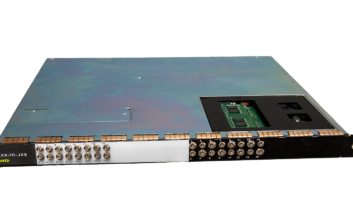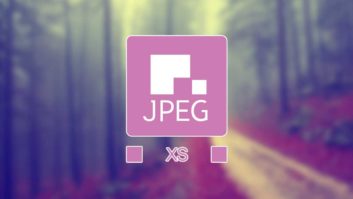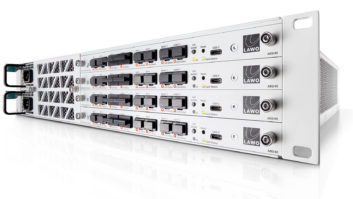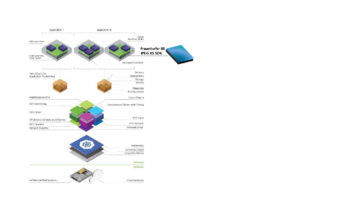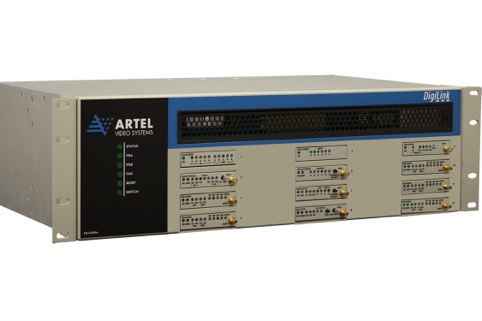
Broadcasters have always been faced with the challenge to reliably, simply, and economically transport high-quality HD programming from a remote location to the studio facility. Two of the more common transport mediums are satellite and fibre. Satellite can be set up quickly, but presents bandwidth availability and economic limitations. Fibre has almost infinite bandwidth but requires advance preparation with regard to the installation and, due to distance limitations, is only appropriate for metro regional distances.
Despite the transport methods a broadcaster decides to use, it must choose how to encode the video and audio programming. Full HD-SDI, which requires 1.5Gbps of bandwidth, can easily be transported over fibre, and there are numerous available solutions, including optical networks, leased, rented, or dark fibre. Satellite, however, has significant bandwidth limitations. Even new satellite modulation standards, such as DVB-S2, typically accommodate only 100Mbps of bandwidth and use MPEG-2 and MPEG-4 compression, better suited for highly compressed distribution (ie, one to many) transport versus contribution (ie, one to one).
IP networks to the rescue
MPLS (Multi-Protocol Label Switching), an IP network management technique, delivers Gigabit speeds economically, is highly reliable, and sets up quickly. Various carriers around the world provide MPLS networks, and more are added regularly. However, Gigabit speeds are still not suitable for uncompressed HD-SDI, which requires 1.5Gbps of bandwidth. One solution would be to compress the video using JPEG 2000 (J2K).
JPEG 2000: broadcasters’ solution for contribution
Bandwidth utilisation has become a challenge as broadcasters and video service providers look to exploit existing IP networks for transporting contribution-quality video signals. To address this challenge, the broadcast industry is embracing J2K as the best solution based on its low latency and intra-frame compression. J2K accomplishes just about everything a broadcaster could possibly ask for in video transport. The video is lightly compressed, has low processing latency, exhibits no blocking defects, can be edited in post production without adding picture artefacts, and can be recompressed using MPEG-2 or MPEG-4 on subsequent delivery transports. J2K is perfectly suitable for live video, including fast moving sports content. It only requires a bandwidth of 80 to 200Mbps, meaning it can fit easily into a cost-effective managed IP GigE transport available virtually anywhere in the world.
However, until recently, there was a major commercial drawback to implementing JPEG 2000 solutions. Although J2K has been clearly defined for many years, manufacturers’ equipment has not always been interoperable. Equipment, encoders and decoders for example, had to be from the same manufacturer at the remote site and the studio. This was less of an issue if a broadcaster had point-to-control. Additionally, while MPLS networks enabled broadcasters to ‘schedule’ a distant location and to have connectivity quickly and economically, the compatibility issues using J2K equipment limited them to using only sites with the same J2K-capable equipment.
Interoperability testing
Recently, the Video Services Forum (VSF), an international association dedicated to interoperability, quality metrics, and education for video networking technologies, completed the third round of interoperability testing between various manufacturers that offer J2K encoding and decoding equipment. Ten manufacturers, including Artel Video Systems, participated in the testing, demonstrating successful interoperability amongst their products at the VSF’s VidTrans2014 Annual Conference in Arlington, VA. Enabling broadcasters to transport HD-SDI video signals easily and cost-effectively between J2K compression equipment marks a tremendous achievement for the industry. Although there is additional work to be done, this milestone provides broadcasters with greater flexibility in transporting media reliably and cost effectively.
J2K coming of age for contribution video transport
Through a combination of transport standards and reliable, cost-effective MPLS networks, J2K has become a viable alternative to traditional MPEG-2 and MPEG-4 compression. In addition, significant deployments of J2K solutions by major broadcasters and media companies are driving costs and complexities down, creating incentives for manufacturers to develop solutions that address the growing market. After many years of being considered a fringe solution for broadcast media transport, J2K is poised for general acceptance.
By Philip Dubs, director of broadcast sales, Artel Video Systems
